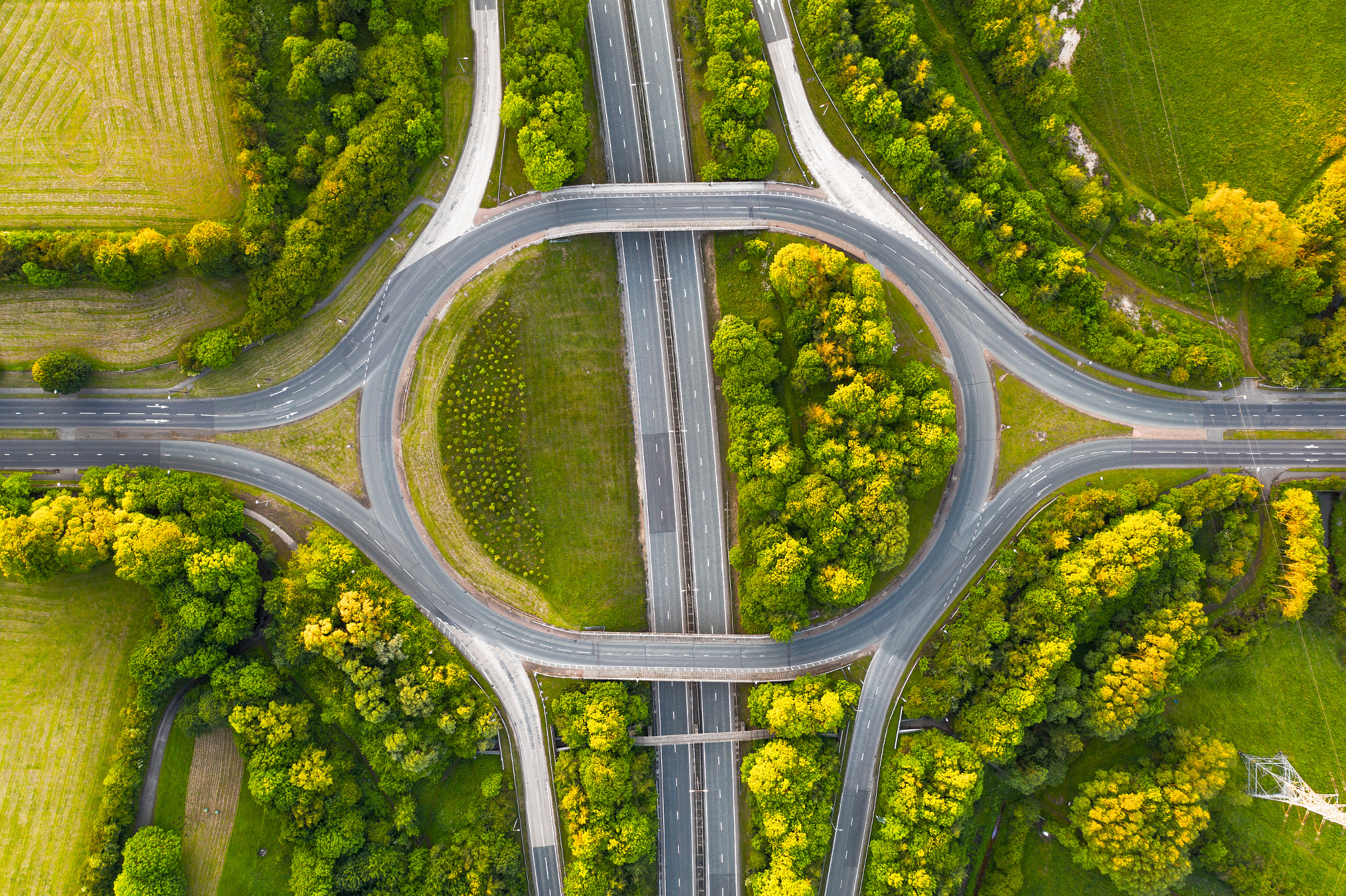How Does Green Infrastructure Affect Drought?
As we face droughts, flooding, and other environmental extremes across the planet, managing stormwater runoff is becoming increasingly important. One group of methods we’ve found to be most effective at managing stormwater runoff is green infrastructure, the practice of mimicking the natural water infiltration process to put water where it would naturally go. In this blog, we’ll give an overview of what green infrastructure is and why it can help with both drought and flooding.
What Does Green Infrastructure Do?
Green infrastructure mimics or restores the natural process of water flow and infiltration. By allowing the water to be absorbed by plants, percolate back into the soil, or evapotranspire, the amount of water traveling through gray stormwater infrastructure and into water bodies is reduced. As the water travels through the soil, it also goes through natural filtration processes and then ends up in underground aquifers, helping recharge groundwater sources.
Why Is Green Infrastructure Good?
Restoring groundwater recharge levels increases the amount of water available locally, reducing an area’s reliance on expensive, imported water. Less water in traditional stormwater infrastructure will also reduce strain on the system, potentially increasing its effective lifespan and reducing maintenance costs. Furthermore, redirecting water into the ground or into wetlands or other capture areas can also help reduce the impact of heavy rains and reduce the chance and severity of flooding. It also provides more green space in a city, beautifying the area and increasing the standard of living in the areas it is implemented.
How Does One Implement Green Infrastructure?
The main goal is to mimic natural processes wherever possible. Direct the water to areas where it can percolate back into the soil or be absorbed by plants. Many green infrastructure methods are as simple as grading an area lower than its surroundings and then installing plants that can tolerate both wet and dry conditions. What’s more, sometimes the best green infrastructure is doing nothing. For example, steep slopes are of great concern and in many situations, it is best to leave them undisturbed and allow established vegetation to protect them. By doing nothing you get natural filtration, soil binding, and all the other benefits of native vegetation.
What Are Some Examples?
There are a lot of green infrastructure methods, but here are a few that stand out to us:
Rain Gardens – great for individual homes and a good way to beautify that low spot in your yard that always gets too much water.
Rainwater Harvesting – reuse the water that falls on your building and reduce your landscape irrigation costs.
Land Conservation – why not beautify your municipality while also helping reduce your stormwater impacts?
You can learn about these and other green infrastructure methods and their effectiveness and affordability on the US EPA’s website here. Check it out to see how you can implement green infrastructure in your area!
By: Charley Beesley

